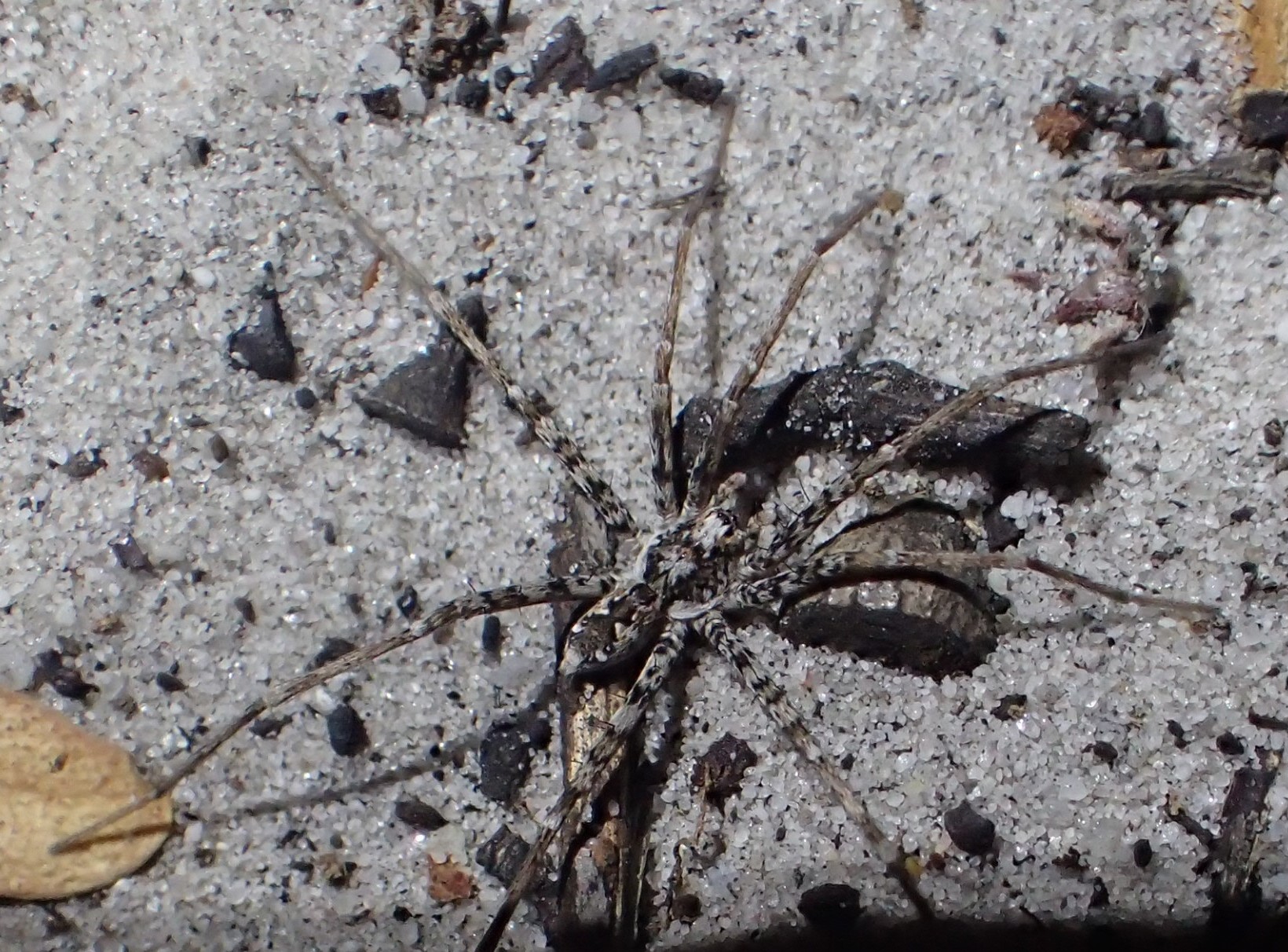Media release
From:
Queensland Museum experts have scientifically described 48 species of ground-hunting spiders from Australia
A paper recently published in Zootaxa documents the 48 species of ground-hunting spiders from the family Miturgidae, which can be found across Australia, particularly in arid habitats in open eucalypt forest, brigalow, mallee, heath, and desert.
Lead author, Dr Robert Raven, who worked on the decades-long project during his tenure with Queensland Museum Network, said originally in this group there were only three known species formally described.
“The newly described species have a body length of up to 10 millimetres, and are nocturnal and fast-moving spiders,” Dr Raven said.
“I was surprised at how many species were described in this paper, I knew there were a lot, but the number was far higher than I predicted.”
Several of the species have been named in honour of notable scientists, curators and those involved within the arachnid community, including former Channel Ten Totally Wild presenter Ranger Stacey Thomson.
Ranger Stacey said it was a surprise and Totally Wild an honour to have a species named after her.
“During my time with, I spent many hours filming spider stories over the years with Robert and the team at Queensland Museum and it was always amazing,” Ranger Stacey said.
“I learnt so much about arachnids, their biology and unique behaviours and I hope that these stories helped show children around Australia what incredible creatures spiders are.”
Another species has been named in honour of Dr Barbara Baehr who alone has described more spider species from Australia than any person in the past century. Another has been named after accomplished photographer, media presenter and arachnologist Caitlin Henderson, who collected the species that was named for her.
Queensland Museum Network CEO Dr Jim Thompson said the process to formally describe species can be lengthy.
“Our taxonomists are like detectives in the work they do to formally describe new species to science,” Dr Thompson said.
“Quite often species are obtained and become part of the collection, but they may not be formally known to science. That’s where the work of our researchers, scientists and honoraries come in.
“Sometimes this process can be quick, but other times, it can take decades and I commend the remarkable work of Dr Raven and his colleagues on this project.”
The 48 new species of ground-hunting spiders are:
Miturgopelma alanyeni
Miturgopelma archeri
Miturgopelma baehrae
Miturgopelma bandalup
Miturgopelmabiancahilleryae
Miturgopelma bogantungan
Miturgopelma brachychiton
Miturgopelma brevirostra
Miturgopelma buckaringa
Miturgopelma bungabiddy
Miturgopelma caitlinae
Miturgopelma calperum
Miturgopelma couperi
Miturgopelma culgoa
Miturgopelma echidna
Miturgopelma echinoides
Miturgopelma harveyi
Miturgopelma hebronae
Miturgopelma kinchega
Miturgopelma maningrida
Miturgopelma minderoo
Miturgopelma oakleigh
Miturgopelma paruwi
Miturgopelma rangerstaceyae
Miturgopelma rar
Miturgopelma rixi
Miturgopelma sieda
Miturgopelma spinisternis
Miturgopelma watarrka
Miturgopelma woz
Miturgopelma yarmina
Knotodo coolgardie
Knotodo eneabba
Knotodo muckera
Knotodo narelleae
Knotodo nullarbor
Knotodo shoadi
Knotodo toolinna
Xeromiturga gumbardo
Xeromiturga bidgemia
Xeromiturga mardathuna
Xeromiturga pilbara
Miturgiella vulgaris
Xistera auriphila
Xistera barlee
Xistera coventryi
Xistera jandateae
Xistera serpentine



 Australia; QLD
Australia; QLD



